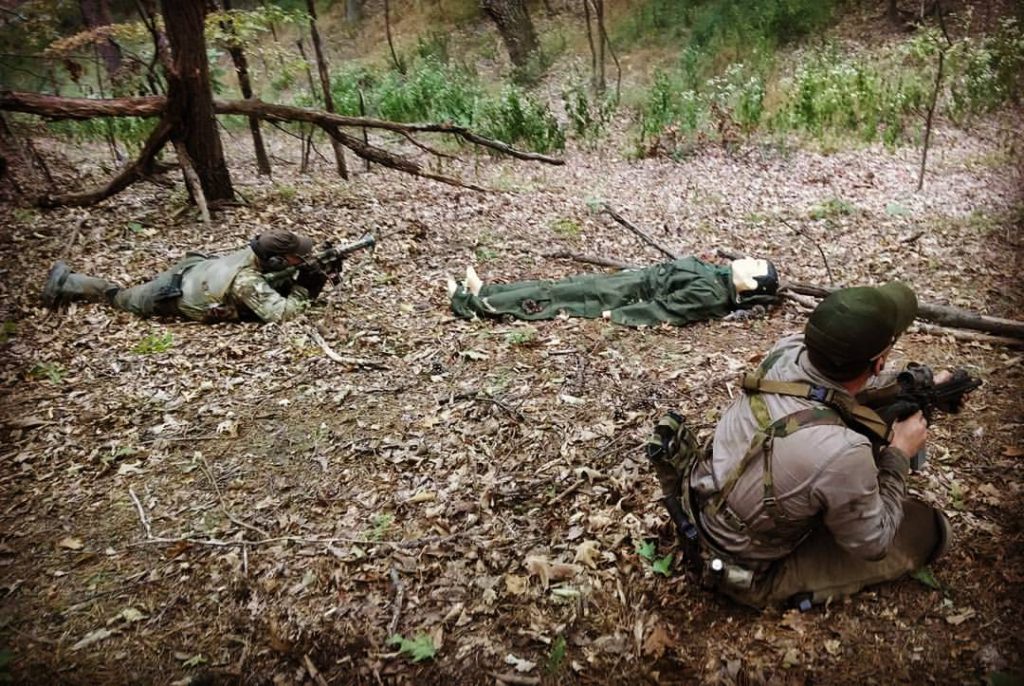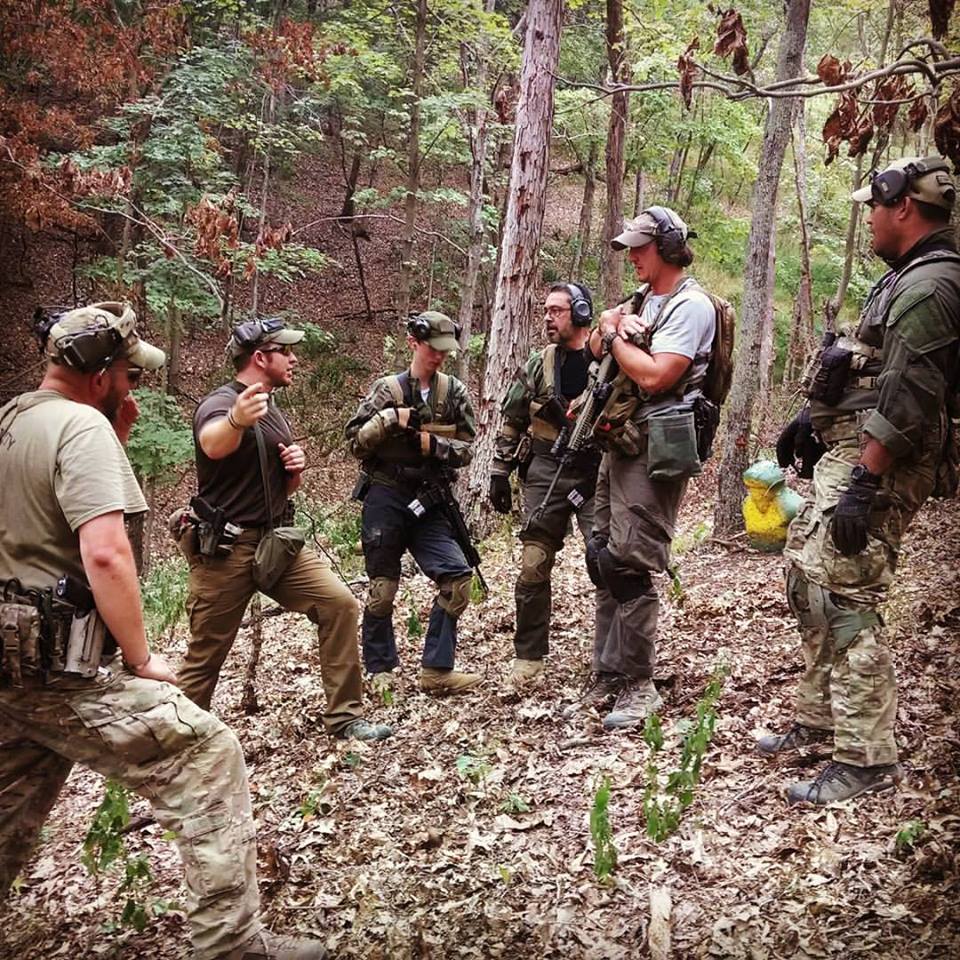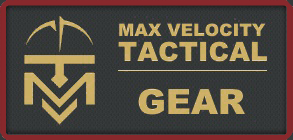Rifle Skills / Night Firing / Combat Team Tactics
Rifle Skills / Night Firing / Combat Team Tactics 15-19 SEP 2016 Student Review – Vic I attended this training with my son to learn how to operate as a team (incidentally, every one of the guys in this class was there to learn and we gelled as a team almost immediately. My 16 year old son noticed that he was accepted like everyone else…good on you guys!). In his books and blog, Max makes (and history confirms) a case that team tactics/skills are essential to surviving a fight against multiple bad guys. Combat Team Tactics (CTT) and the Night Firing courses were all about that. The Rifle Skills (RS) course, as the title implies, concentrated on operating the fighting carbine. The instructor cadre (Max, 1st Sgt, Chris) were first rate. Their skill sets and real-world experience are directly related to what they teach, but just as important, is their ability to teach what they know. I served 28 years in the military and have experienced many highly skilled people who just were not equipped to pass on to others what they knew. Max and his guys don’t have that problem. They were able to get their points across to an old guy (53) like myself while connecting with my youngster (16) at the same time. Rifle Skills This was conducted on the square range and was much more comprehensive than I expected. Of course it included the basics: safety rules/safe gun handling, manual of arms, sighting in, etc. What really set it apart, for me (my son agrees), was the segment on malfunction clearing (i.e. keeping the gun in the fight). We were taught drills that can clear several types of malfunctions (keeping it simple) and a technique to clear a bolt override that was worth the price of admission.
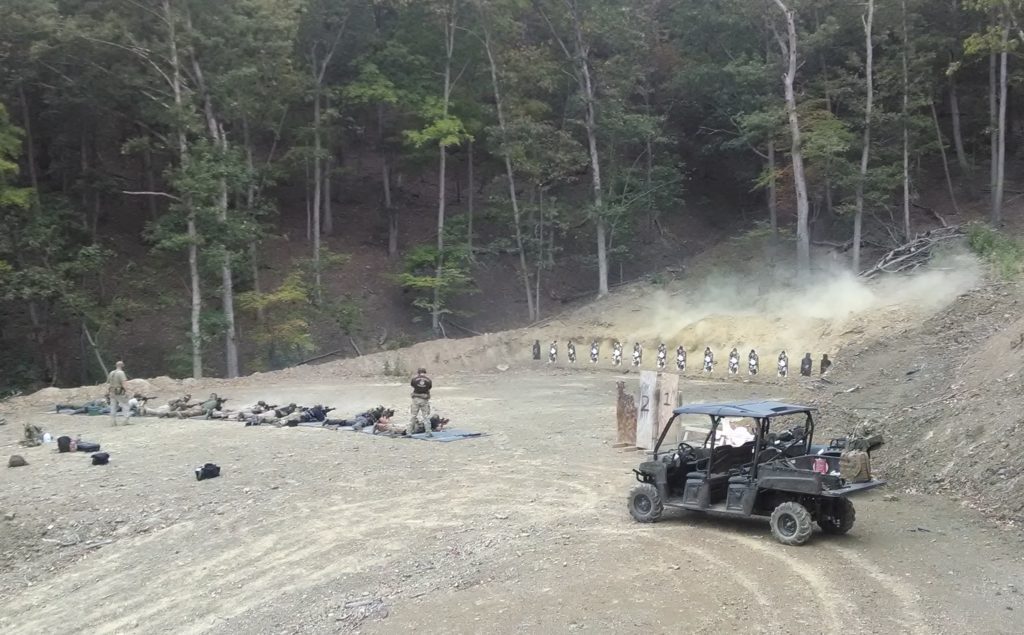
Night Firing The title doesn’t do this course justice. It was, indeed, night firing but included so much more: basic equipment setup, sighting in the aiming laser, gun handling drills and a planned attack on an enemy position based on a SHTF scenario. The fact that we used our personal equipment and the addition of the scenario-based attack, were big selling points for me; most night firing courses require the use of their school’s equipment and do not bring everything together (i.e. navigating as a team to an enemy position followed by a full on attack, all under NODs…awesome training!). Also, 1st Sgt and Chris gave us several technical limitations of NODs and limitations on their tactical use (they made the case that “NODs are not the end-all-be-all” that some think they are).
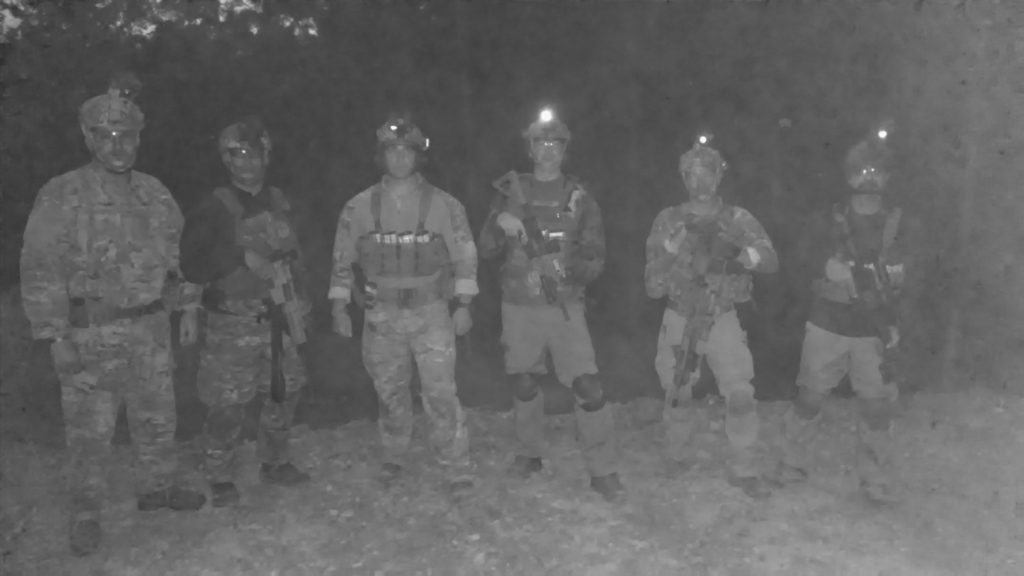
Combat Team Tactics The first day of CTT took place on the square range and concentrated on immediate action/contact drills, movement drills and basic team tactics. The next two days were held on the tactical ranges. Max was still recovering from surgery but was able to do most of the academic instruction while Chris and 1st Sgt led the hands-on portions. A white board and magnets (symbolizing team members and enemy) were used to help visualize movements, tactics, etc. Most of the training revolved around fire & movement (that’s the point); contact drills, hasty attacks, and break contact drills were done as buddy pairs and 4-man squads. The final evolution was a planned attack involving two squads (one made contact and remained in contact while the other flanked the enemy position. The enemy position was set up in depth so the fight through was quite realistic (or, at least, as realistic as this type of training can be…MVT does offer Force-On-Force training).
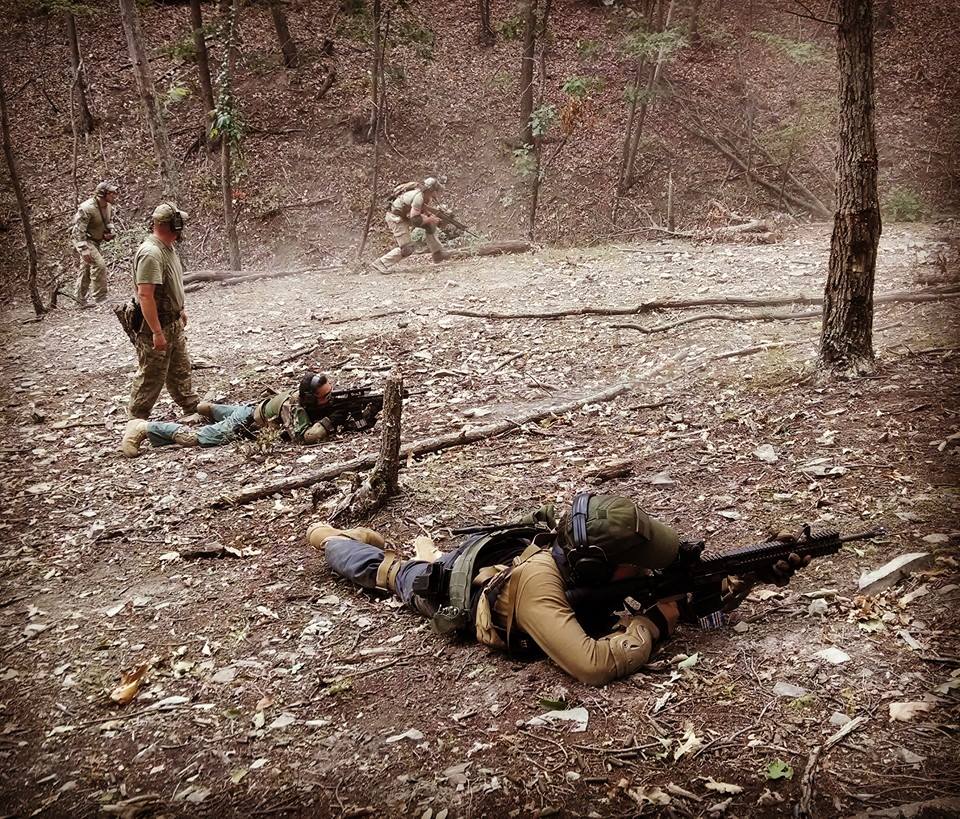
Equipment/Kit I purchased two MVT Versa Chest Rigs (for my son & me) because they looked like quality kit. We used them throughout the four days of training and tried many different adjustments (low on waist to high on chest and everything in between) to see what worked best for each of us. Incidentally, these things have a huge range of adjustability (my son is 5’ 10” and 135 lbs while I’m 5’ 7” and 170 lbs…lots of leftover adjustment in either direction) We even intentionally misloaded the rigs (3 loaded mags on one side, none on the other) to test load shifting. We didn’t notice any discomfort whatsoever and the load balance was excellent. Wear was very good (during CTT we spent considerable time diving onto our bellies, crawling along rocks and roots) and the material and stitching held up beautifully. Also, the pouches hold mags tightly, even while getting physical, yet allow very fast removal. My son and I both agree that the Versa Rigs performed flawlessly. I was so impressed that I recommended the Versa Rig to a friend who was looking for a high quality chest rig. He had me buy one for him while I was at MVT. He agrees the quality is excellent and fit and load distribution is outstanding. NOTE: No one at MVT asked me to review this gear and certainly didn’t influence my observations (to the best of my knowledge none of them knew I’d add this in the review…I’m just passing along a hot tip on quality kit).
Observations It really is a good idea to read Max’s book Contact! prior to taking this course (I’m currently rereading it, to reinforce what I learned during training and to help me set up practice sessions). The manual and the training go hand-in-hand but please don’t think you can just read the book and consider yourself good to go…you need to be trained by competent instructors. That’s where MVT comes in. Max and his instructors did an excellent job of transferring their considerable knowledge to us during the academic lessons. Their experience allowed them to read situations as they unfolded during the live-fire portions of the training and they made real-time corrections, as needed, to keep everyone safe and to ensure maximum training effect. During the debriefs, which occurred after each evolution, they diagnosed individual and team errors and gave feedback on how to correct them. They also highlighted those things done right.
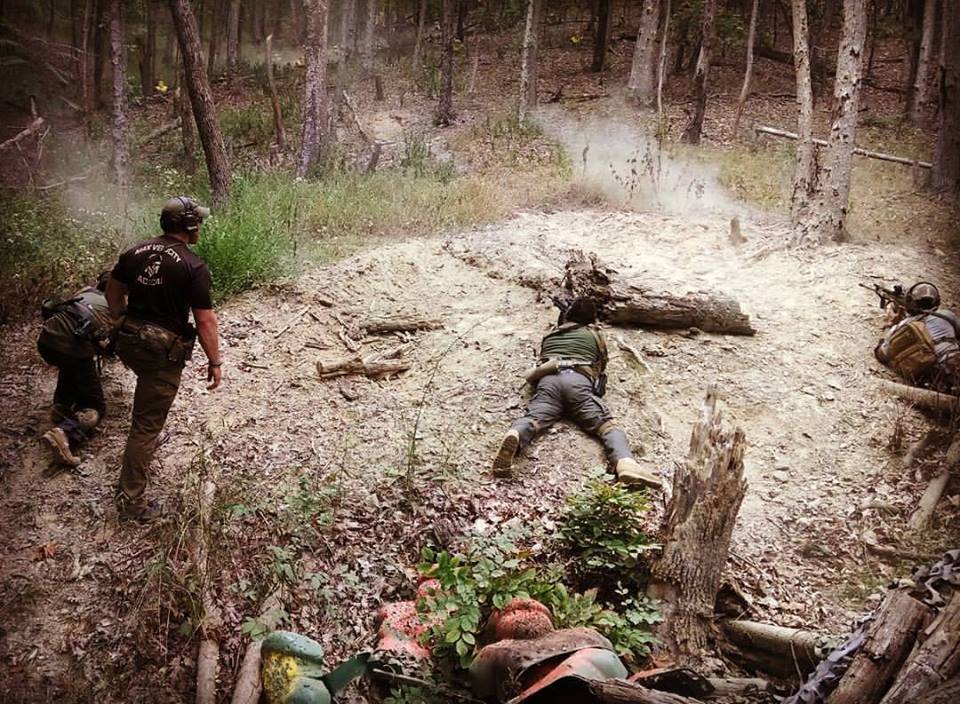
Regular PT would be a big help in preparing for this kind of training. The MVT training area is one big hill, or at least it seemed that way. My strength was up to the task but my cardio was a little lacking (I’ll be more fit next time). I have two past injuries (broken back & broken elbow) which slowed me down at times. But I was still able to get down to prone during each advance/bound. MVT does allow taking a knee to simulate cover, but I was determined to test my limits. The point is that you should not let prior injuries dissuade you from this challenge. I’m sure if you contact Max with your particular needs he’ll let you know if you should make the attempt. All-in-all these courses were an excellent investment and an experience that my son & I will be talking about for quite a while. The lessons learned at MVT will definitely be part of our regular practice sessions from now on.
